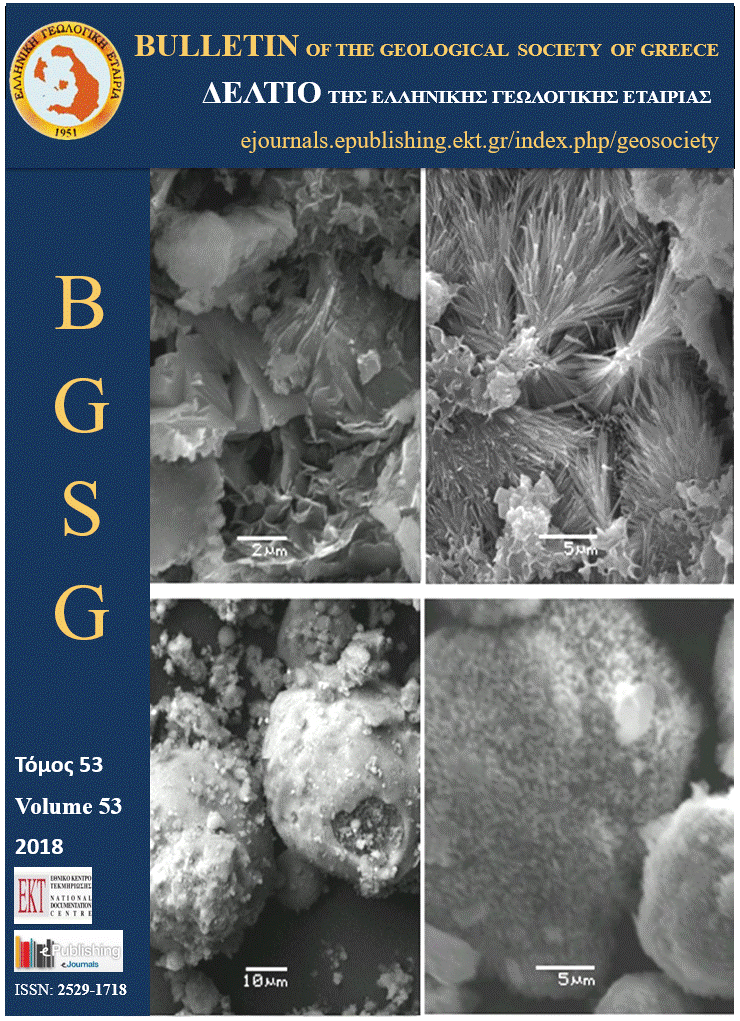The contribution of industrial minerals to solving environmental issues

Abstract
Mitigation of environmental issues and decontamination of land by using a variety of industrial minerals mainly immobilizes contaminants in solution, whether in polluted water or contaminated soils and sediments. That is because a variety of minerals, in particular carbonates, clays and zeolites, have a significant capacity to ad/absorb harmful ions and to react to form precipitates. Phosphates, iron hydroxides, some silica minerals and lime-derived products can also be used to solve environmental issues. This paper focuses on the amendment of soils and sediments affected by the impact of mining or by waste landfills, with some reference to the use of minerals in cultural heritage conservation. An example of actions leading to the amelioration of contaminated land is provided after describing some current pilot experiences on highly polluted wastes derived from mining in SE Spain.
Article Details
- How to Cite
-
Calvo, J. P., & Garcia-Lorenzo, M. L. (2018). The contribution of industrial minerals to solving environmental issues. Bulletin of the Geological Society of Greece, 53(1), 134–160. https://doi.org/10.12681/bgsg.18898
- Section
- Industrial Minerals and Rocks

This work is licensed under a Creative Commons Attribution-NonCommercial 4.0 International License.
Authors who publish with this journal agree to the following terms:
Authors retain copyright and grant the journal right of first publication with the work simultaneously licensed under a Creative Commons Attribution Non-Commercial License that allows others to share the work with an acknowledgement of the work's authorship and initial publication in this journal.
Authors are able to enter into separate, additional contractual arrangements for the non-exclusive distribution of the journal's published version of the work (e.g. post it to an institutional repository or publish it in a book), with an acknowledgement of its initial publication in this journal. Authors are permitted and encouraged to post their work online (preferably in institutional repositories or on their website) prior to and during the submission process, as it can lead to productive exchanges, as well as earlier and greater citation of published work.


